Japan Destination: Kyoto
Captivating travelers from every corner of the world, Kyoto stands as Japan’s cultural heritage. For travellers seeking to dive into the history and traditions of The Land of Rising Sun, Kyoto is undoubtedly the ultimate destination.
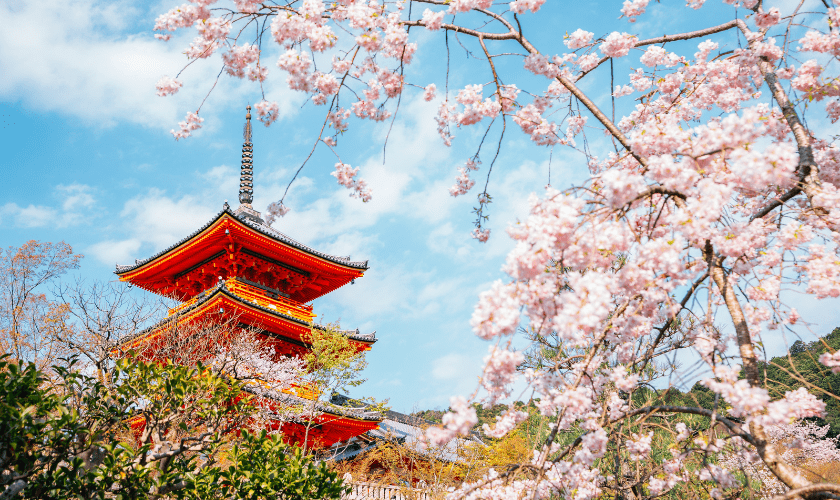
Kyoto is one of the most famous cultural hubs of Japan.
Located in the Kansai region of Honshū, the ancient capital is bursting with lavish temples and shrines, tranquil gardens and bustling Geisha districts. Different from its counterpart around the country, Kyoto suffered only minor damage during the air raids of World War II. Many of its most beautiful ancient temples were reserved and thanks to extensive restoration, are open to the public. As Kyoto’s most important sights and attractions are located outside the city centre, an extensive public transport network of buses, trains and subway lines weaves across the city and its surrounds to carter to local and travellers needs.

Kyoto once served as Japan’s capital for over 1000 years.
Known by various names such as Heian-kyō, Miyako, and Saikyō, Kyoto served as Japan’s capital for over 1000 years. Functioning as both an administrative and imperial hub, it hosted the Japanese royal family until the Meiji restoration of 1868, which shifted the capital to Edo, now modern-day Tokyo.
Being a symbol of Kansai culture, Kyoto’s historical legacy is showcased in its traditional architectural marvels, including wooden sanmon gates and noyane (hidden roofs). Today, the city is home to over 2,000 Buddhist and Shinto shrines, each narrating a unique story of grandiosity. The resplendent Kinkaku-ji (Golden Pavilion), once a shogun’s residence and now a Zen Buddhist temple, glows with the allure of glistening gold leaf.
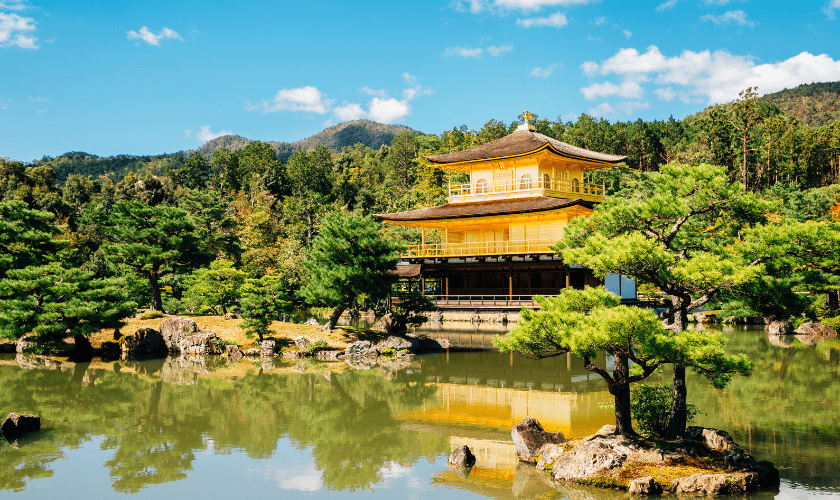
Kinkaku-ji (Golden Pavilion), once a shogun’s residence and now becomes a Zen Buddhist temple.
Fushimi Inaritaisha, Kyoto’s most iconic shrine, features over 10,000 red gates, a testament to devout offerings to the Shinto god, Inari, with inscriptions capturing the essence of each sponsorship. Each gate is a donation to the Shinto god, and the black inscriptions on the back of them detail the year and name of the business or individual sponsor.

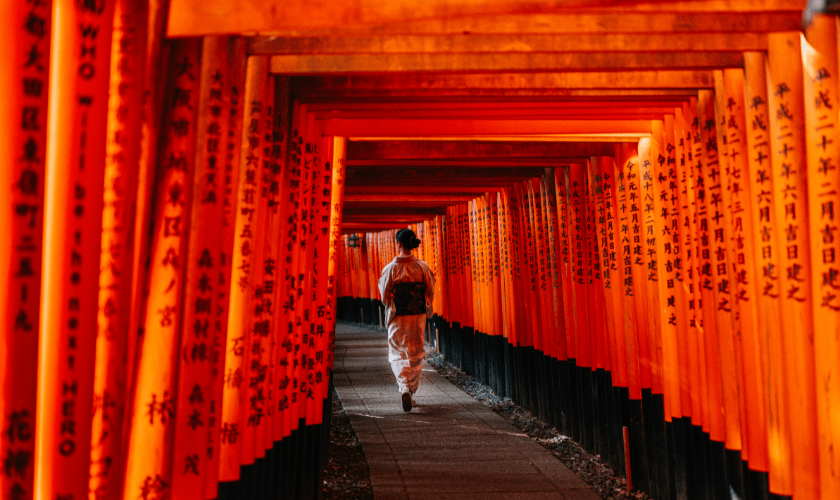
Fushimi Inaritaisha is Kyoto’s most iconic shrine.
Are you planning to visit Japan? Read Japan Packing List: 10 Essential Items
Kyoto’s landscape transforms drastically through 4 seasons. In spring, Arashiyama’s paths become a floral cascade of sakura (cherry blossoms), while autumn paints the city in hues of crimson and gold. The central Gion district, adorned with deciduous trees, exudes a timeless charm, offering glimpses of geisha and maiko in traditional attire, transporting visitors to a bygone era.
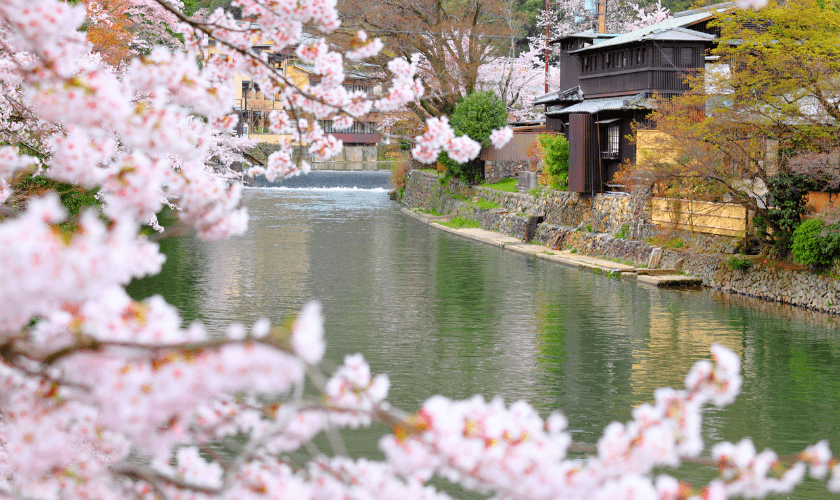
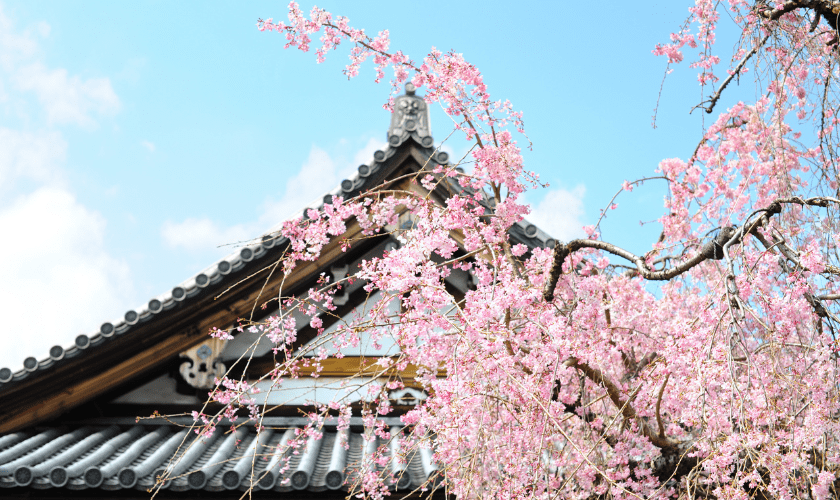
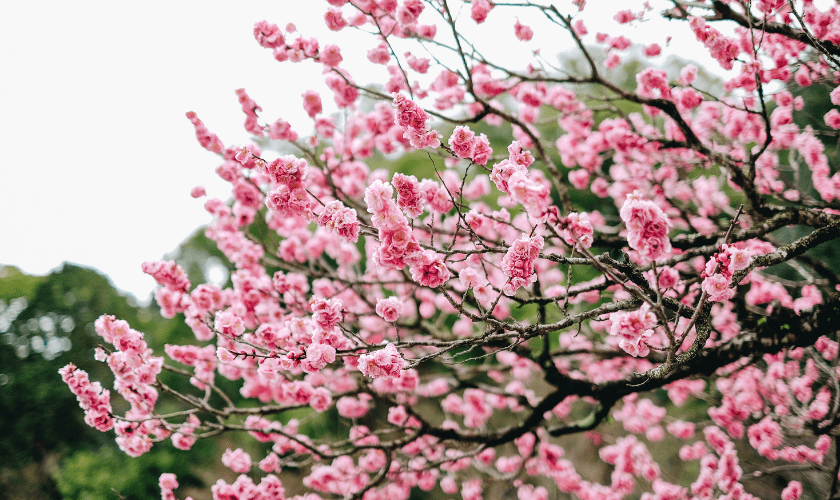
Pink shades of Kyoto in cherry blossom season.
Kyoto is the heart of Japan’s geisha world, one of the most famous cultural symbols of Japan. Geisha are highly skilled entertainers who appear at high-end dinners, private parties and special events to add a special touch to the proceedings. Fully-fledged geisha are properly called geiko (pronounced “gay-ko”). Young ladies, usually between the ages of 15 and 20, train for five years to become a geiko. During this period, they are known as maiko (pronounced “my-ko”). Knowledgeable insiders estimate that there are about 100 geiko and 100 maiko in Kyoto. Other cities, like Tokyo, have some version of geisha, but they don’t usually undergo the strict training that defines Kyoto’s maiko and geiko.

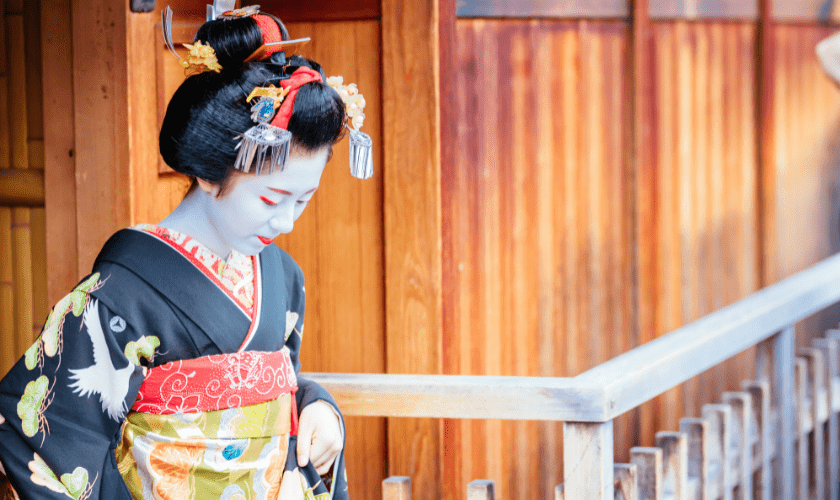
Kyoto is the heart of Japan’s geisha world.
Discover Kyoto in our tour 16 Day Japan Discovery
Kyoto’s culinary scene is a celebration of flavors, with many dishes centered around tofu, infused with sesame or miso. Indulge in a kaiseki dinner, a lavish spread featuring a myriad of small dishes like soups and sashimi, to savor the essence of Kyoto’s gastronomy.
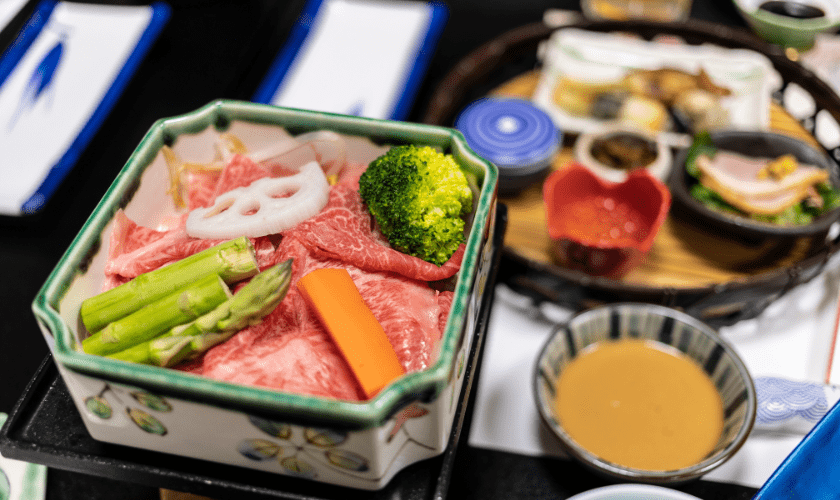
Kaiseki (懐石) or kaiseki-ryōri (懐石料理) is a traditional multi-course Japanese dinner.
Known as “Kyoto’s Kitchen”, Nishiki Ichiba (Nishiki Market) beckons with the best of Japanese street food, including the delectable yatsuhashi, a chewy rice flour triangle filled with sweet paste. Chawan-zaka Street, lined with shops offering free samples, becomes a delightful journey through traditional flavors.
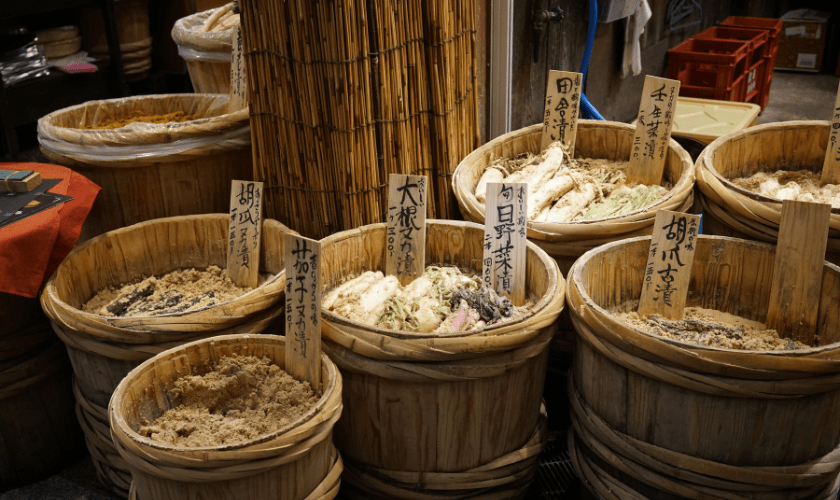
Nishiki Market (錦市場, Nishiki Ichiba) is a narrow, five block long shopping street lined by more than one hundred shops and restaurants.
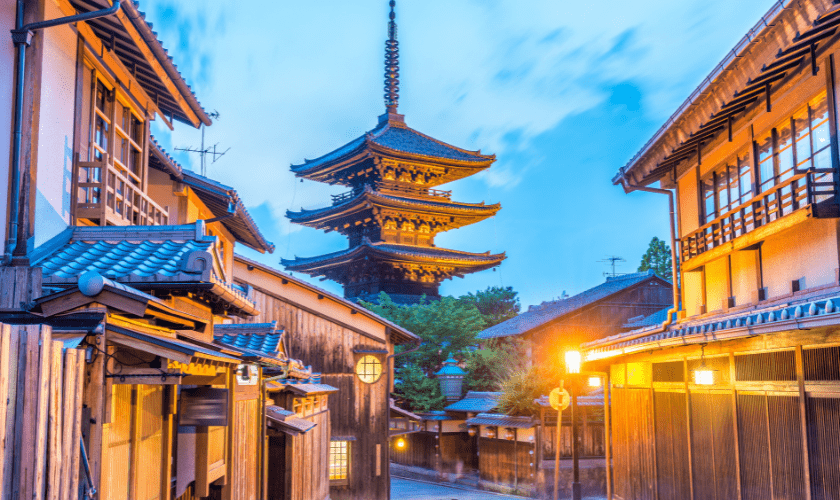
Chawan-zaka, which means “Teapot Lane” in Japanese, is lined with shops selling handicrafts, among other things, teapots and tea-related items are famous items. This street is also famous for local delicacies like sembe (crackers), tsukemono (pickles), and wagashi (tea sweets).
Kyoto, with its cultural resonance and culinary excellence, is a sensory marvel awaiting exploration. Asia Vacation Group invites you to traverse the centuries-old streets, witness the dance of cherry blossoms, and savor the exquisite flavors that define Kyoto’s unique essence. Join us on an incredible journey to the heart of Japan’s cultural heritage, where every step echoes with the harmonious blend of tradition and modernity.
Embrace the serenity and elegance of Kyoto, where every corner is a canvas of Japan’s cultural masterpiece. Let Asia Vacation Group be your guide to this timeless city, unlocking its secrets and creating memories that linger like the beauty of cherry blossoms pentals in the Kyoto air.
Check our Japan tours at Japan Destination



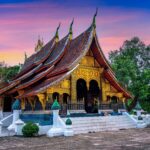





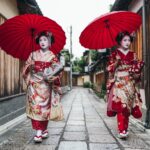
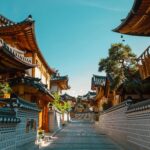









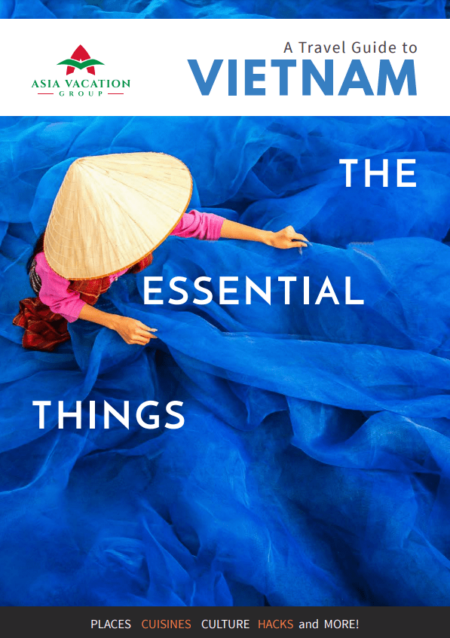
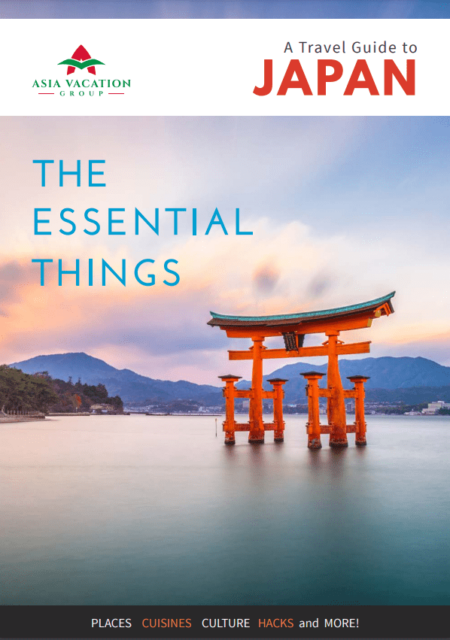





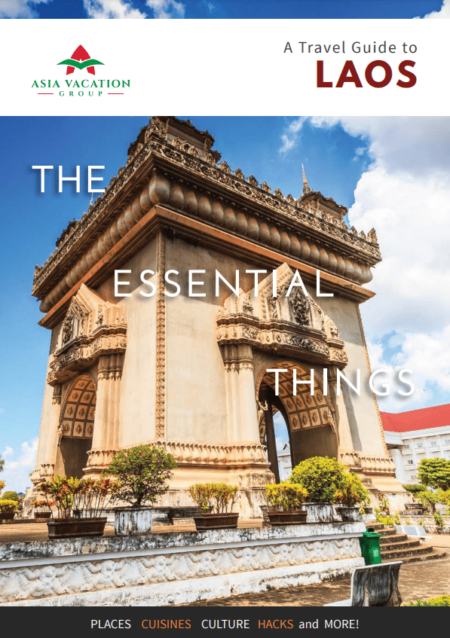







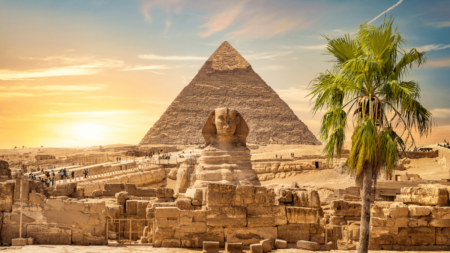
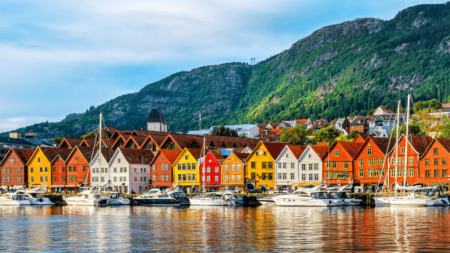






 planning
planning